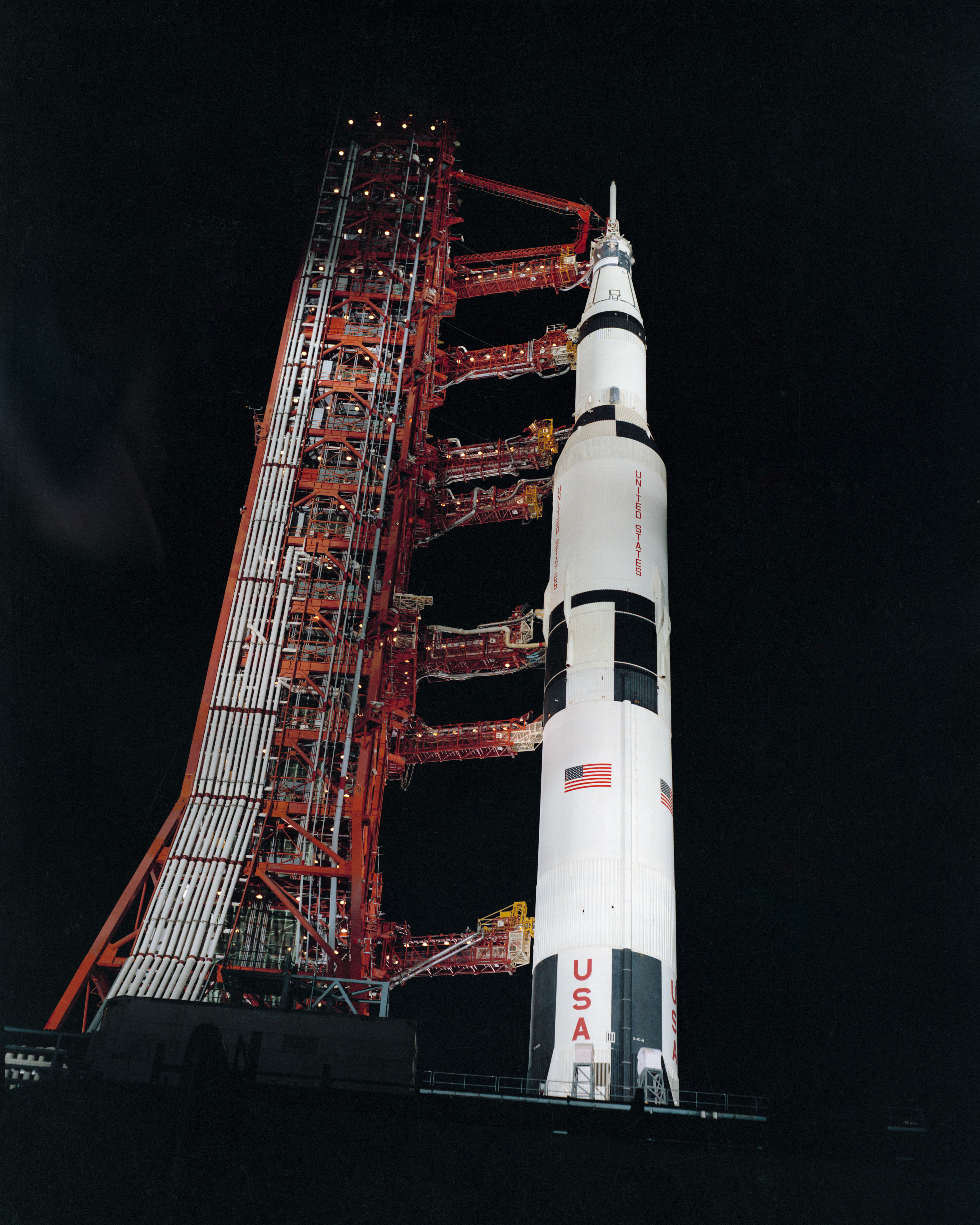Today, as we navigate an increasingly volatile, uncertain, complex, and ambiguous (VUCA) environment, we can draw powerful lessons from one of history’s most dramatic moments of crisis and triumph—Apollo 13. Over half a century later, the mission’s story remains a compelling case study in engineering resilience, agile problem-solving, and bold innovation.

Imagine this: In 1970, NASA’s Apollo 13 mission was poised to accomplish a routine lunar landing when a sudden catastrophic failure—a ruptured oxygen tank—threw the entire mission into chaos. Engineers and astronauts were suddenly thrust into an emergency where every second counted. They had to think on their feet, reconfigure their approach, and adapt to a reality where conventional plans were no longer viable. This wasn’t just about survival; it was about demonstrating that even when the odds are stacked against you, resourcefulness and effective risk management can lead to extraordinary outcomes.
For today’s engineering leaders and project managers, Apollo 13 is not just a historical event—it is a blueprint for thriving amidst crisis. The mission challenges us to reconsider how we plan, execute, and innovate in the face of unpredictable challenges. It pushes us to ask: Are our current risk management strategies robust enough to withstand sudden, unforeseen setbacks? Do we possess the adaptive agility required to innovate when every resource seems limited?
The true beauty of Apollo 13 lies not in the crisis itself, but in the responses it galvanized. Engineers on the ground and astronauts in space demonstrated that true innovation is born not only from state-of-the-art technology but also from the relentless spirit to overcome constraints. In today’s fast-paced industries, where project parameters can shift in an instant, embracing a mindset that values creative problem-solving and agile engineering isn’t just beneficial—it’s essential.
Consider the parallels between the Apollo 13 mission and modern-day project management. Traditional risk management often relies on fixed protocols and models that assume a level of predictability. However, the Apollo 13 crisis was a stark reminder that when a crisis hits, rigid systems crumble. Instead, we must foster an environment where stress tests, real-time decision-making, and iterative planning become the cornerstones of our approach. It calls for embedding adaptive practices into every layer of engineering processes—transforming potential disasters into opportunities for breakthrough innovation.
In my own experience working within the engineering and project management landscape, I have witnessed firsthand how teams that embrace this adaptive mindset are not only more resilient but also more capable of leveraging setbacks as springboards for success. It is this blend of risk awareness and innovative agility that propels organizations forward, turning what might seem like insurmountable obstacles into catalysts for transformational change.
As you reflect on the legendary tale of Apollo 13, ask yourself: How can we integrate these timeless lessons into our modern engineering frameworks? How can we cultivate a culture where every setback is seen as an opportunity to refine our strategies, bolster our processes, and ultimately, unlock new realms of possibility?
The answers lie in reimagining risk management—not as a series of checkboxes, but as a dynamic interplay of anticipation, collaboration, and rapid innovation. In a world where the only constant is change, building resilient teams isn’t just a competitive advantage; it’s a survival skill.
Let’s embrace the legacy of Apollo 13 to drive our efforts in redefining what it means to engineer in today’s world. Together, we have the power to turn every crisis into a stepping stone toward unparalleled innovation and lasting success.
Further Reading
- Apollo 13: The Successful Failure: https://www.nasa.gov/missions/apollo/apollo-13-the-successful-failure/
- VUCA – Volatility, Uncertainty, Complexity, and Ambiguity: https://www.pmi.org/disciplined-agile/vuca-volatility-uncertainty-complexity-and-ambiguity